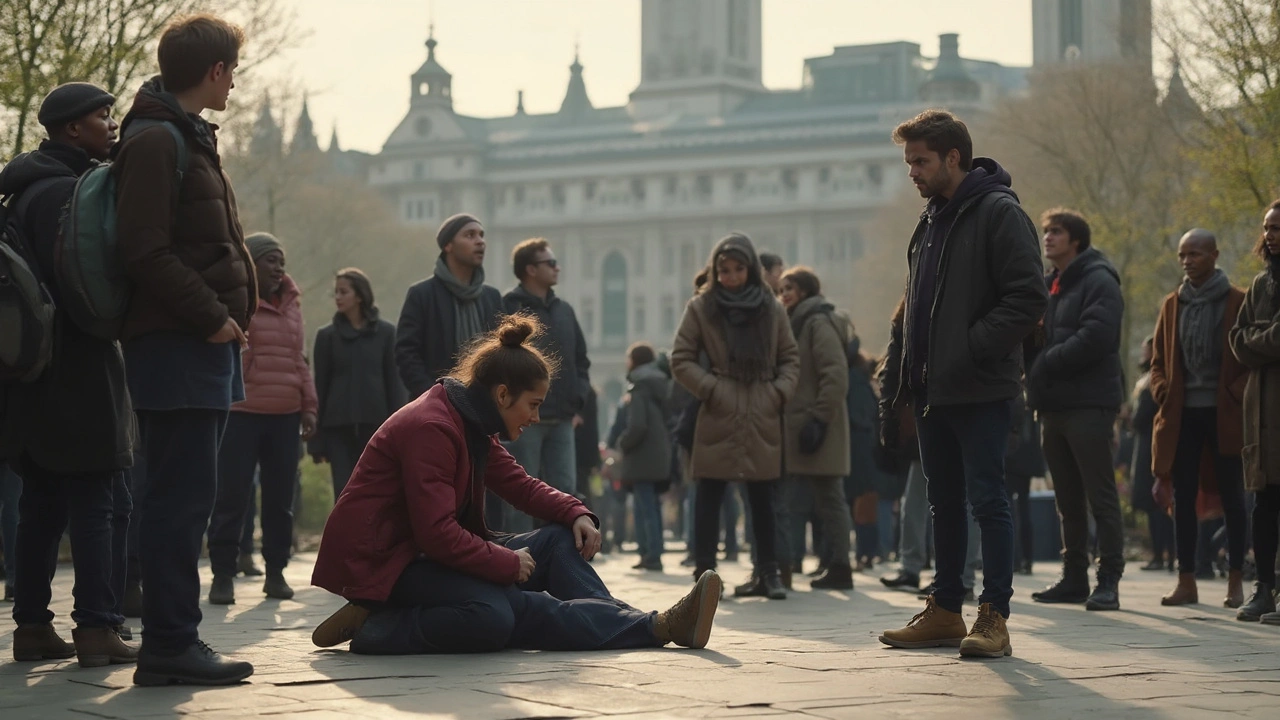Seizure Emergency Tips: What to Do When It Happens
If you see someone having a seizure, your first instinct is probably panic. Take a breath – the right moves can keep the person safe and may even shorten the episode.
Stay Calm and Clear the Area
Step back just enough to give them space, but stay close enough to watch. Move furniture, phones, or sharp objects out of the way. You don’t need to restrain them; trying to hold them down can cause injuries.
If they’re on the floor, gently roll them onto their side. This “recovery position” lets fluids drain from the mouth and keeps the airway open. Keep a pillow or folded jacket under their head if you have one – it stops head‑banging without pinning them down.
What NOT to Do
Never put anything in their mouth. It won’t stop the seizure, and you could break teeth or choke them. Don’t try to give food or drink until they’re fully conscious.
Avoid shaking or pulling at their limbs. A seizure is a brain event; your hands can only make it worse. If the person is already on the ground, just let the rhythm play out while you protect them from hazards.
When to Call for Help
Dial emergency services if any of these happen:
- The seizure lasts longer than five minutes.
- This is their first known seizure.
- Multiple seizures occur back‑to‑back without regaining consciousness.
Tell the dispatcher exactly what you saw – how long it lasted, any movements, and whether they’re breathing normally. Clear info helps responders act faster.
After the Seizure Ends
When the shaking stops, keep them on their side for a few minutes. They may feel confused or tired; that’s normal. Offer reassurance in a calm voice and stay until they’re fully alert.
If they can speak, ask simple questions: “What’s your name?” “Do you need medication?” This helps you gauge how quickly they recover and whether they might need additional medical attention.
Special Situations
Status epilepticus: If the seizure goes on for more than five minutes, treat it as an emergency. Keep breathing support ready – tilt their head back slightly if they’re unconscious but avoid forcing air into the mouth.
Children: Kids often have shorter seizures, but you still need to protect them from falling objects and call a doctor if it’s their first episode.
Quick Checklist
- Stay calm – your composure helps the person stay safe.
- Clear nearby hazards.
- Turn them onto their side, support head.
- Never put anything in the mouth.
- Time the seizure; call 911 if >5 minutes or other red flags.
- Stay until fully awake, then offer reassurance.
Knowing these steps turns a frightening moment into something you can handle confidently. Keep this guide handy – you never know when it might come in useful.

First Aid for Tonic-Clonic Seizures: Step-by-Step Guide for Immediate Help
Finnegan O'Sullivan May 15 11Tonic-clonic seizures can be scary to watch, but knowing how to respond can make a huge difference. This guide breaks down exactly what to do if you see someone have a seizure, including crucial do's and don'ts. It covers facts you might not realize, like when to call for help and common misconceptions about safety. With real-world steps and simple guidance, you'll feel confident stepping in during a seizure emergency. No fluff—just what you need to know to keep someone safe.
More Detail